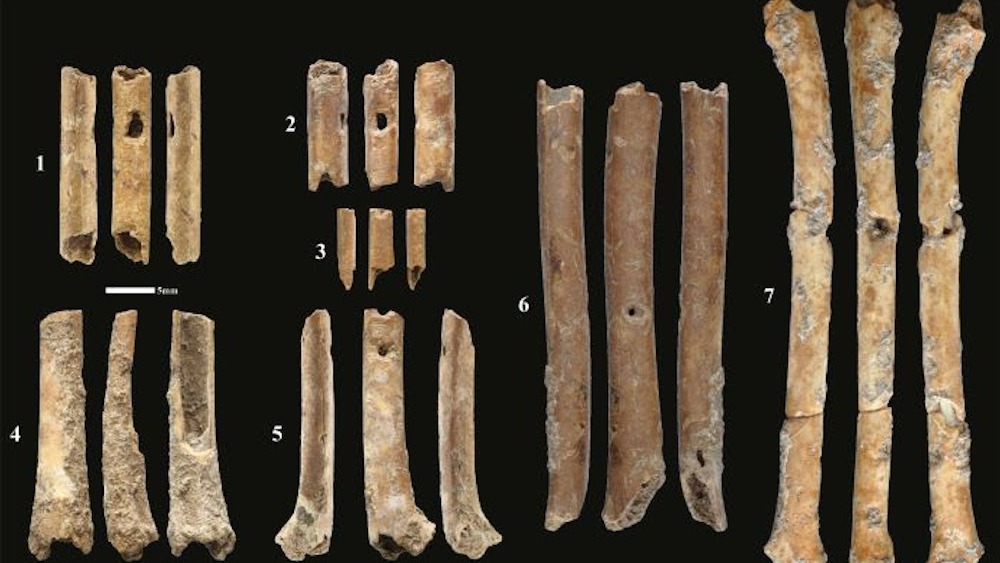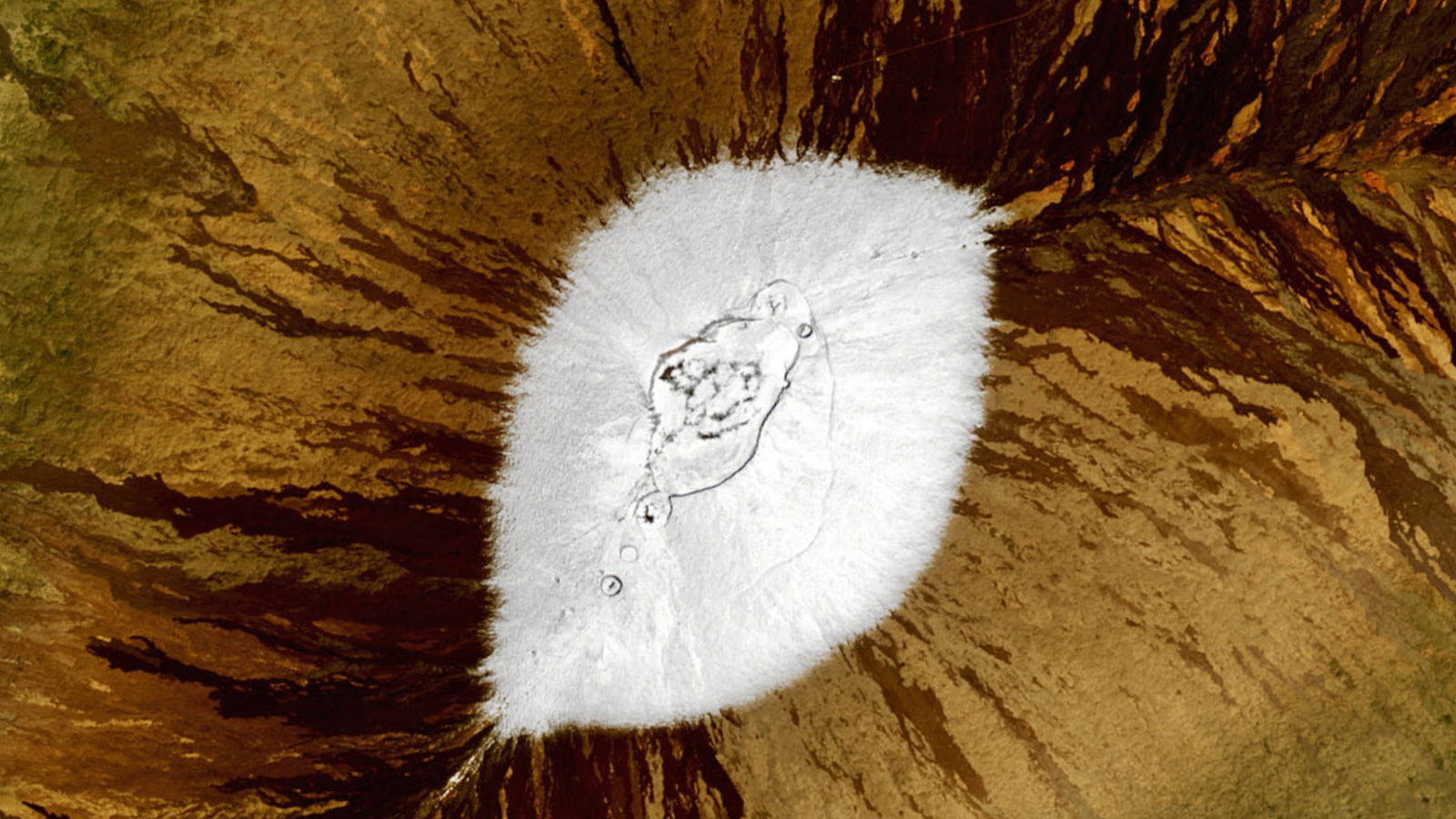12,000-year-old flutes carved of bone are some of the oldest in the world and sound like birds of prey
A collection of prehistoric flutes unearthed in Israel once used by the Natufians are some of the oldest musical instruments in the world.

Archaeologists have unearthed a collection of 12,000-year-old flutes carved out of bird bones at a prehistoric site in Israel. When played, the artifacts mimic the calls of certain birds of prey.
The site, called Eynan-Mallaha (also known as Ain Mallaha), was once occupied by the Natufians, a cultural group that were the last hunter-gatherers in the Levant, a region that spans the land around the eastern Mediterranean, according to a study published Friday (June 9) in the journal Scientific Reports.
Although researchers had investigated the site extensively since its discovery in the 1950s, last year archaeologists were surprised to find the flutes scattered among a stockpile of 1,100 bird bones. Of the more than half a dozen flutes unearthed, which artisans carved out of the bones of small waterfowl, only one was completely intact; it measured less than 2.6 inches (65 millimeters) in length, according to a statement.
"They are probably some of the smallest prehistoric sound instruments known today," study lead author Laurent Davin, a postdoctoral fellow of archaeology at the French Research Center in Jerusalem, told Live Science in an email. "Because of residues of ocher, we know that they were probably red painted. Because of the use-wear we think they might have been attached to a string and worn."
When played, the flutes created a high-pitched sound similar to those made by Eurasian sparrowhawks (Accipiter nisus) and common kestrels (Falco tinnunculus), the latter of which is part of the falcon family. The Natufians were methodical about selecting these bones in particular, since larger ones would have produced deeper sounds.
Related: Roman 'Zodiac' coin with cancer sign unearthed in Israel
"The Natufians chose those small bones because they wanted the sound to be like this in order to imitate falcon sounds," Davin said. "This demonstrates their knowledge of acoustics and indicates that there were probably other instruments made of perishable materials."
Sign up for the Live Science daily newsletter now
Get the world’s most fascinating discoveries delivered straight to your inbox.
To hear the sounds for themselves, the researchers created a replica flute using computer software and measured the spectral analysis of the sounds until the instruments produced ones similar to falcon calls, according to the study.
"It was very moving when I played it for the first time and heard the sound that Natufians made 12,000 years ago," Davin said.
Archaeologists think the Natufians likely used the aerophones while hunting, to create music or even to communicate with the birds. The Natufians valued birds, as can be seen in the numerous ornaments crafted out of talons that have been discovered at the site, according to the statement.
"These artifacts are really important because they are the only sound instruments clearly identified in the prehistory of the whole Levant and the oldest sound instruments imitating bird calls in the world," Davin said. "They tell us about the [inventiveness] and knowledge of acoustics of the Natufians as well as their technical precision. It also gives us evidence of the Natufians' relationship with the symbolically valued birds of prey, how they communicate with them or how their calls were integrated in Natufian music."
However, the musical instruments aren't the oldest in the world. That accolade goes to a 60,000-year-old Neanderthal flute discovered inside a cave in Slovenia, according to the National Museum of Slovenia.
Jennifer Nalewicki is former Live Science staff writer and Salt Lake City-based journalist whose work has been featured in The New York Times, Smithsonian Magazine, Scientific American, Popular Mechanics and more. She covers several science topics from planet Earth to paleontology and archaeology to health and culture. Prior to freelancing, Jennifer held an Editor role at Time Inc. Jennifer has a bachelor's degree in Journalism from The University of Texas at Austin.











